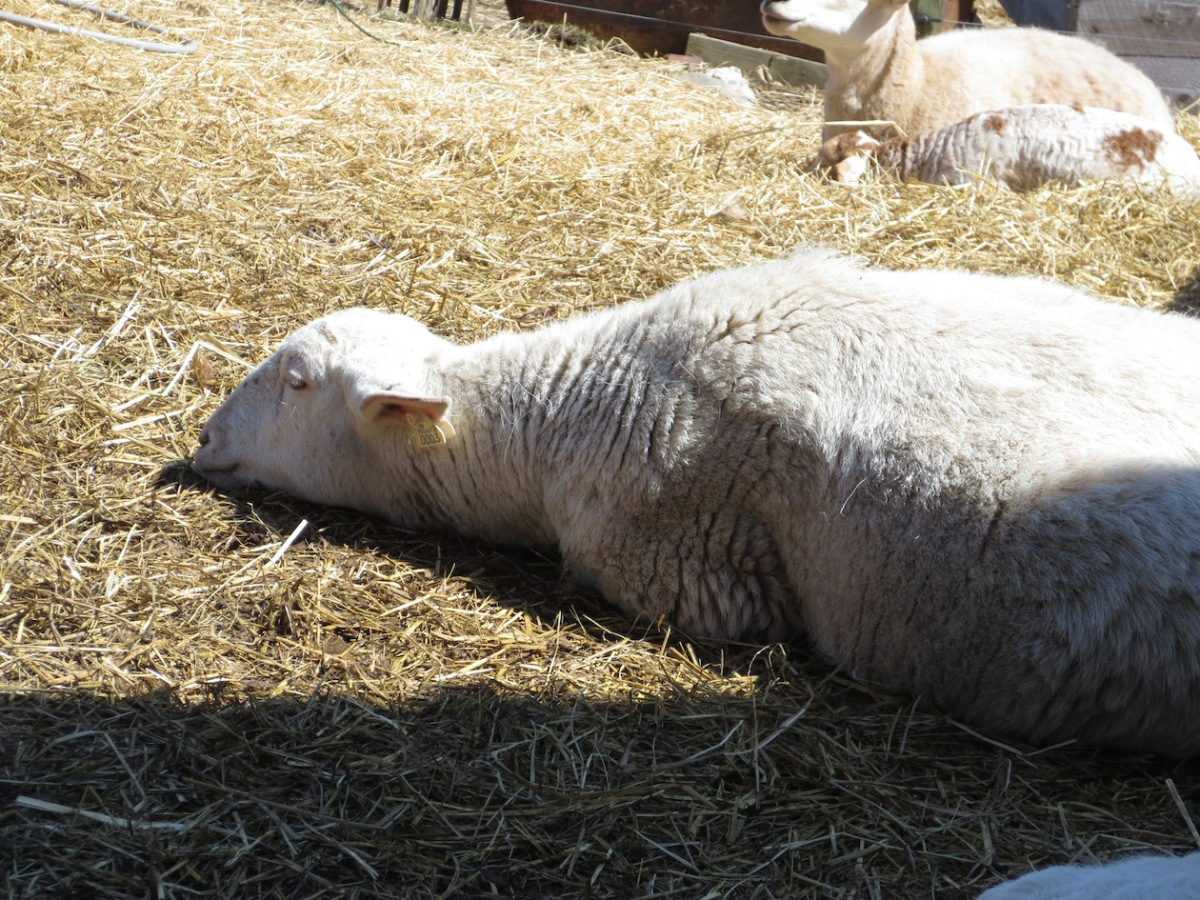Last year I purchased a 275 gallon tote off Craigslist with a vague plan of moving water to the furthest reaches of our pasture. The weight of 275 gallons of water is not vague, but a definite 2293.5 pounds, so my plan needed refining. Our small skidsteer can lift and carry around 650#. Instead we needed a sturdy running gear that the skidsteer or Subaru could pull to the paddocks and we needed a downspout diverter to catch the water coming off the boat barn roof. In a friend's treeline, under a fallen tree, there was a running gear that had carried luggage at an airport which he was willing to loan us. The weight of the tree had done some damage so we trailered the gear to a local machine shop. The repaired gear has a hinged tongue and a receiver for towing.
As with so many farm projects, the short description of a project hardly portrays the actual time, equipment and skils involved.
Here is this project's equipment list of tools that we owned, bought and borrowed: trailer for towing the tote home; round downspout diverter; chainsaw for removing the fallen tree from the running gear; large skidsteer for pulling the gear from the treeline and loading onto the equipment trailer; truck with the appropriate brake and light set up for pulling the equipment trailer; our truck with the correct hitch for towing the repaired running gear home (hitch balls come in multiple sizes and at our place are spread across three vehicles);assorted straps for securing totes and the running gear to the trailers;drillpress and bits for drilling a hole in the skidsteer fork for a hitch ball to move the running gear;and our skid steer.
Living in this community we found a slowmoving vechicle reflector triangle at the farm store and the machine shop was less than five miles away so we did not have to fiddle with our own and borrowed welding equipment.
Without our friend's generous gift of time and equipment we could have completed this project, but its cost and effort would have pushed its completion into another grazing season or two.





































